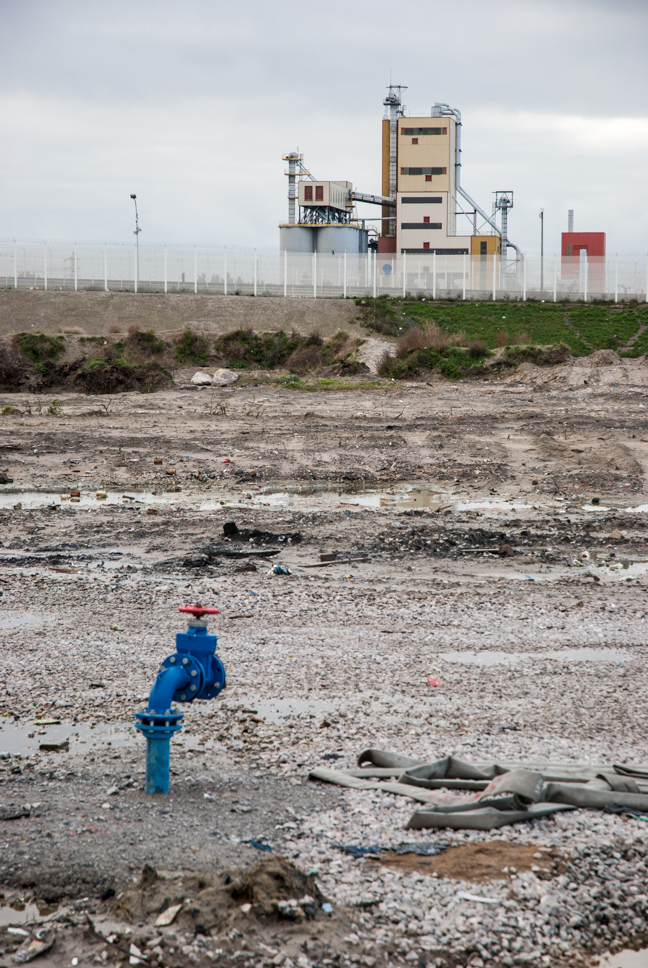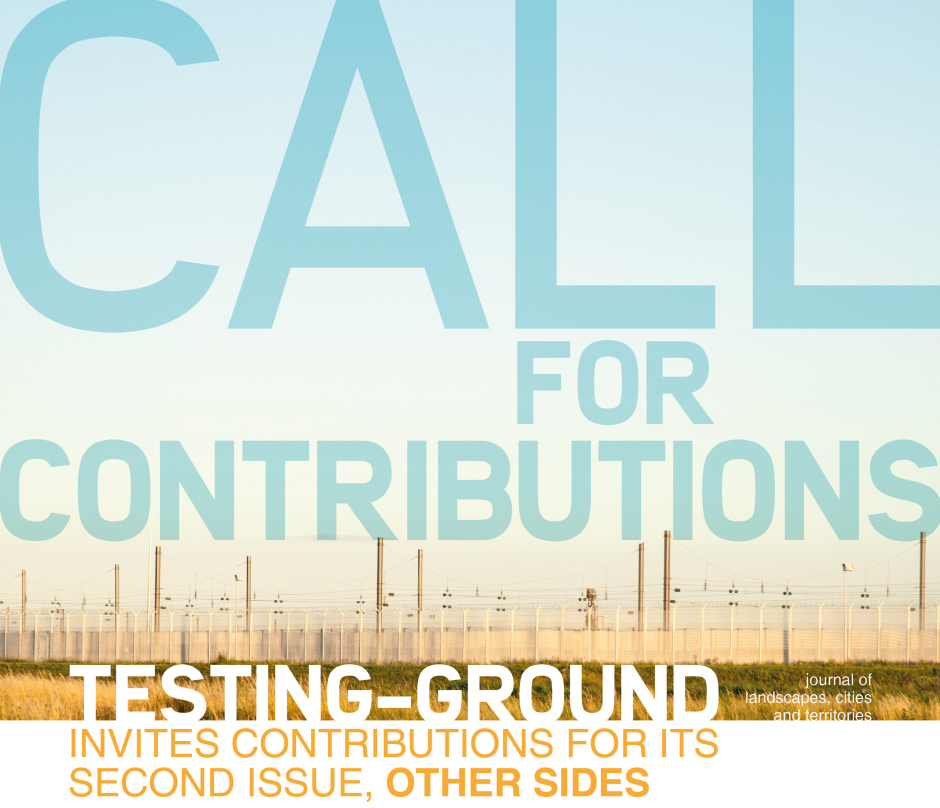بتير is a small village and UNESCO world heritage site south-west of Jerusalem. Located near Beit Jala within the Bethlehem governorate the ancient terraces have been irrigated for more than two millennia, forming a unique culture that is being preserved until today. As Eyal Weizman notes in his essay “The Landscape Against The State”, it
FORENSIC, SPACE and LAW
The course offers theoretical and practical reflections on the relations between the study of the space of architecture/built environments within the area of International Humanitarian Law (IHL) and Human Rights (HR). It deals with the evidentiary and epistemological role of architecture as an instrument to investigate legal controversies within their distinct spatial dimensions. In an
ARTISTIC PRACTICE: Working with Displaced and Peripheral Communities
WORKSHOP WORKSHOP: ARTISTIC PRACTICE – WORKING WITH DISPLACED AND PERIPHERAL COMMUNITIES Jens Haendeler and Alex Ioannou participated in a workshop to facilitate conversations around artistic and cultural practices that explore and work with communities affected by peripheralisation and marginalisation at Arts Catalyst. http://www.artscatalyst.org/workshop-artistic-practice-working-displaced-and-peripheral-communities Processes of peripheralisation and marginalisation are consequences of an imbalance of power.
SECURITY AND THE LONDON URBAN LANDSCAPE: Militarising Everyday Life
PRESENTATION 27.03.2017 – Presentation at the University of Westminster: International Relations and Politics This Monday Alex Ioannou and Jens Haendeler had the chance to present some of their fieldwork to students of international relations and politics at the University of Westminster as part of a course coordinated by Dr. Elisabetta Brighi. The workshop featured of a
REPRESENTING IRREGULAR URBANISM: Roundtable at the ICA London
WORKSHOP 25.03.2017 PNEVMA Collective were invited to attend and comment on the brilliant work presented by some very interesting people! From space syntax approaches within the favelas of Rio to describing the localised complexities in Mumbai the presentations left us fascinated and inspired. The speakers took us further on to learn about the triad of informalities found within Valparaiso and opened our eyes to the negotiated typologies found in
CALAIS: Flooding as Spatial Control
In January 2016 the Eurotunnel group decided to flood the landscape surrounding the Eurotunnel tracks and check-in facilities. Since the group owns the ditches, drains and their vortex control valves they decided to intentionally shut those in order to accumulate water surrounding the terminal. The above Landsat 8 images, published by NASA and manipulated by
CALAIS: Landscapes of Expulsion
Last week I returned to the dunes east of Calais that were once the site for one of Europe’s largest informal migrant camps. What was once filled with tents and makeshift houses has been evicted in late 2016 following a cycle of partial eviction, police violence and oppression through weaponised architectural interventions and a strategy
TESTING-GROUND: Journal of Landscapes, Cities and Territories
Jens Haendeler and Alex Ioannou will be guest editors of the forthcoming TESTING-GROUND journal issue no. 2: OTHER SIDES. TESTING-GROUND: journal of landscapes, cities and territories, published at the University of Greenwich, is open for contributions for its second issue, Other Sides. What resides on the other side can cause fear, concern, intrigue, delight and fascination. Neighbouring and
FORTRESS EUROPE
The above [work-in-progress] map of Fortress Europe takes into account all spatial borders surrounding fortress Europe; including fences, walls, policed roads, the militarised mediterranean sea and the architecture of the institutionalised camp itself. We will update it but wanted to share this draft with you at this stage. Fortress Europe Map by pnevma is licensed under a Creative
WEAPONISED LANDSCAPE SEMINAR
PRESENTATION Jens Haendeler and Alex Ioannou presented their work-in-progress maps and analysis of weaponised landscapes at the Centre for the Study of Democracy at the University of Westminster last week, inviting architects, landscape architects and students in politics and international relations to debate the ongoing militarisation of Europe’s ubiquitous borders, both at the border and










